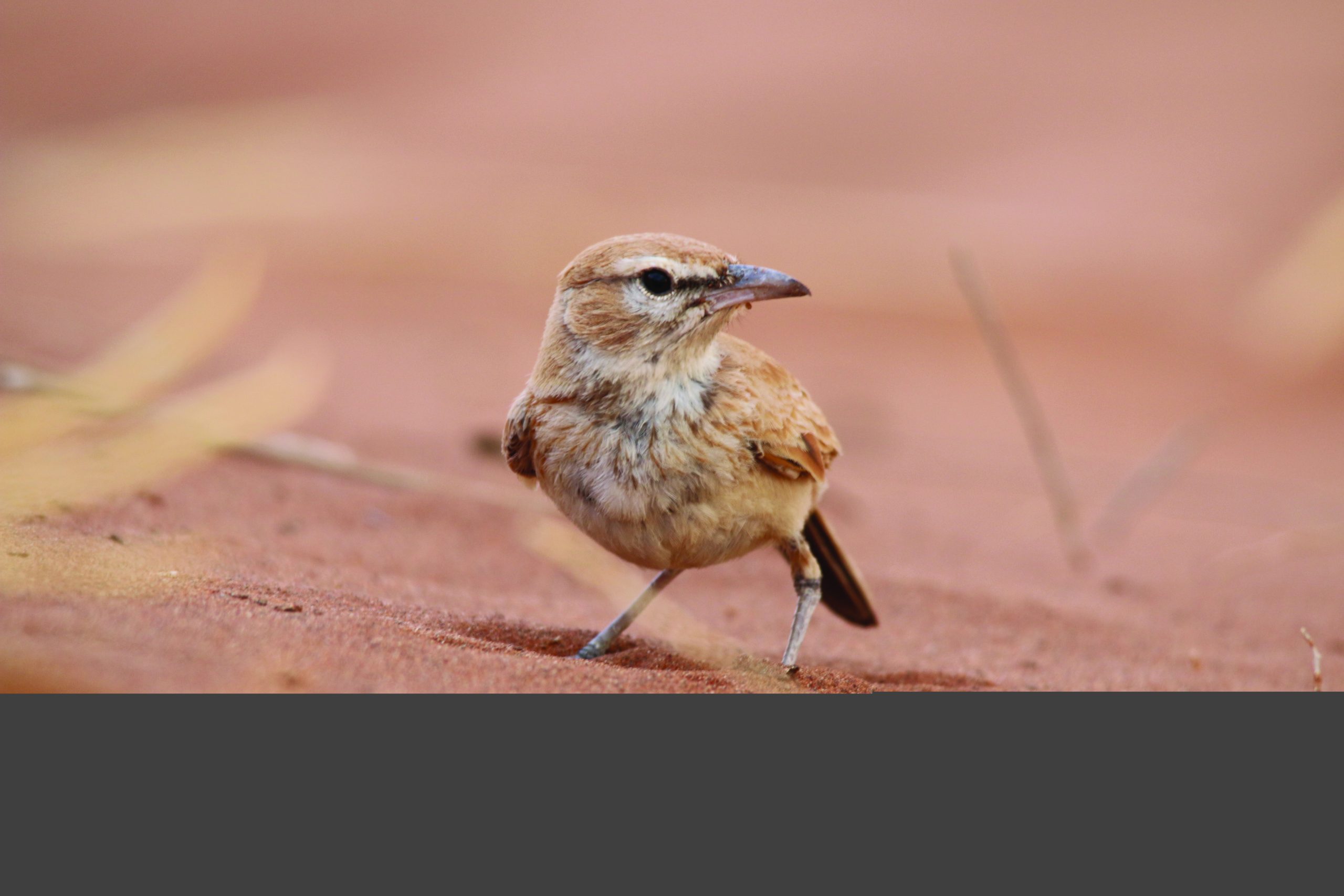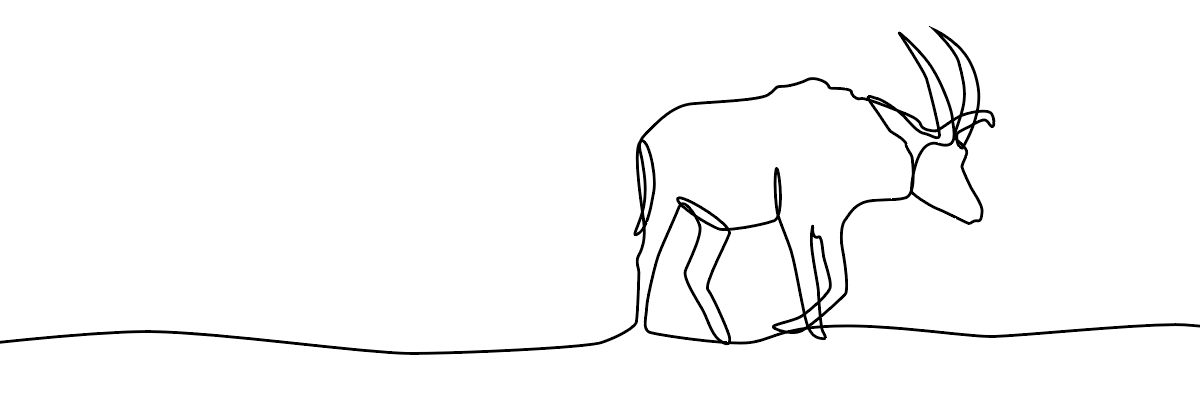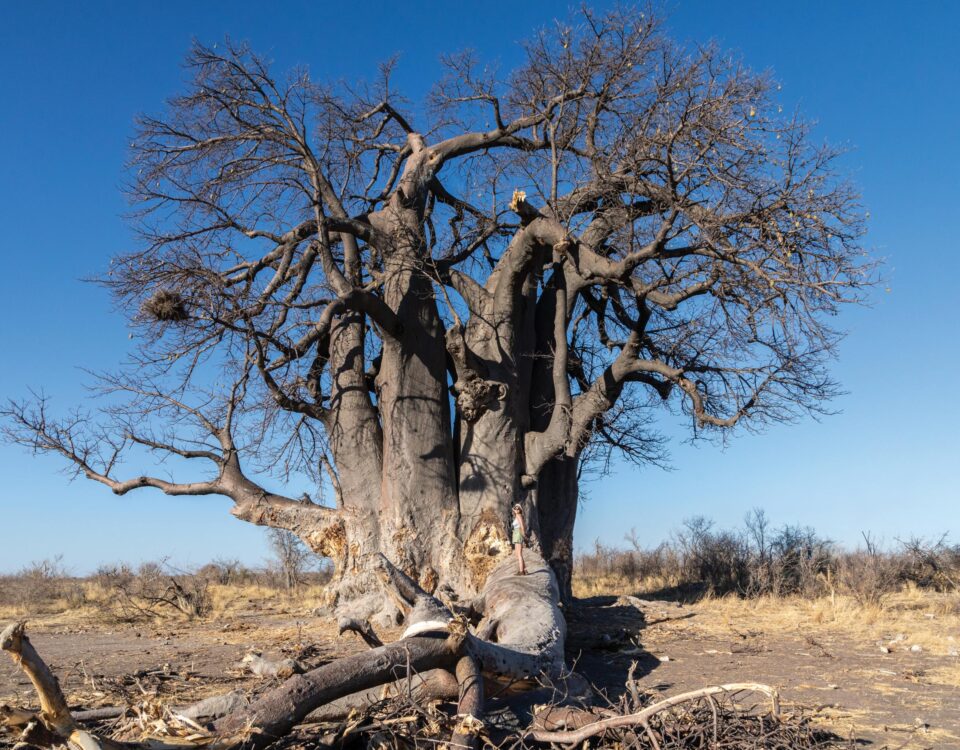
Getting to grips with LBJs
September 5, 2019The 9th National Ceramics Biennale stuns at the National Art Gallery of Namibia
September 17, 2019[vc_row][vc_column][vc_column_text]
For most visitors to Khaudum National Park seeing roan antelope is high on their list, if not topping the list. Few visitors are, however, aware that the landing strip in the Khaudum omuramba was built nearly 50 years ago when conservation history was made.
In the 1970s, roan antelope numbers were in serious decline as a result of the decrease in their range. With a shoulder height of 1.4 m, the roan is southern Africa’s second-largest antelope. Black and white facial markings, long pointed ears and high shoulders are distinctive features of this antelope that is closely related to the sable antelope and the extinct blue buck. It owes its English name to the colour of its coat – a greyish-brown tinged with strawberry-coloured hairs.
To safeguard the species from becoming extinct in Namibia, a plan was made by the Directorate of Nature Conservation to capture roan antelope in Khaudum, where they occurred in large numbers, and relocate them to Etosha National Park. Not only was the capture operation conducted in a very remote area, but game capture and immobilisation techniques were rather rudimentary in those early days. In October 1970, in the north of Khaudum, the operation was underway.
Originally, the plan had been to capture the animals in nets, but this proved to be too impractical, so instead they were herded into open terrain with a helicopter to be darted. A second challenge arose, however, when four of the first six antelope that were immobilised died as a result of exhaustion, overheating and stress. Adjustments were made to the drugs administered to the animals, and it was also decided to transport them to the holding boma on the back of an open truck rather than in crates, in an effort to keep their body temperatures within a normal range. This plan also enabled the capture team to keep the animals wet while they were being transported.
Transport by road over a distance of over 1,000 km, including a 150 km stretch of sandy 4×4 bush tracks, proved to be impossible. After a successful experiment to determine the effects of prolonged immobilisation, it was decided to transport the animals by air. A senior captain of Suidwes Lugdiens was flown in to select a suitable landing strip, and a chartered Safair C130 Lockheed landed on 20 October 1970 on the strip that was specially prepared for the operation. 74 captured animals were immobilised for between three and five hours and flown in three groups over a distance of 400 nautical miles (740 km) to Otjovasandu in the far west of Etosha National Park. It was the first time such a large group of ruminants were transported under sedation over such a massive distance.
After a month in quarantine the roan antelope were released into a specially constructed enclosure. Several of the cows were pregnant when they were caught and by 1973 the number of roan antelope had increased to 159. And although some animals were released into Etosha National Park, they did not establish viable populations as roan antelope are highly selective feeders. Their natural range is restricted to areas where the mean annual rainfall is above 400 mm and a population will decline after successive years of drought, even in areas where the mean annual rainfall is between 400 mm and 500 mm. However, a founder population had also been released at the Waterberg, where the mean annual rainfall is above 400 mm, and went on to establish a viable population there.
[/vc_column_text][vc_column_text]
Text Willie Olivier
This article was first published in the Spring 2019 issue of Travel News Namibia.[/vc_column_text][/vc_column][/vc_row]


